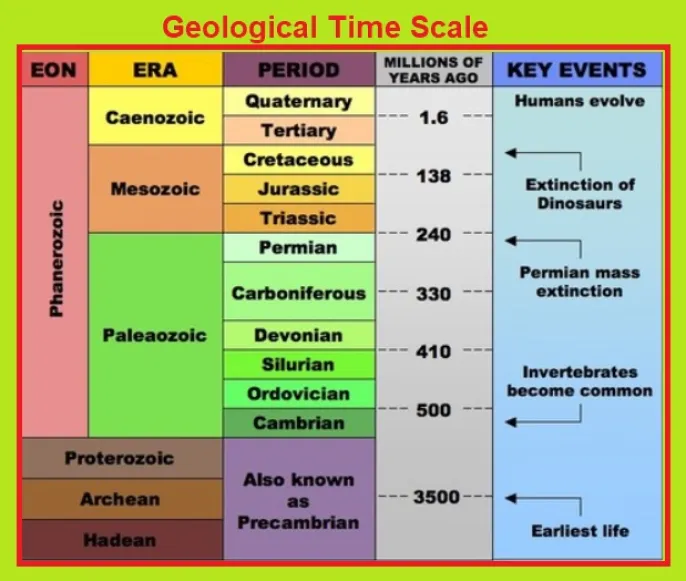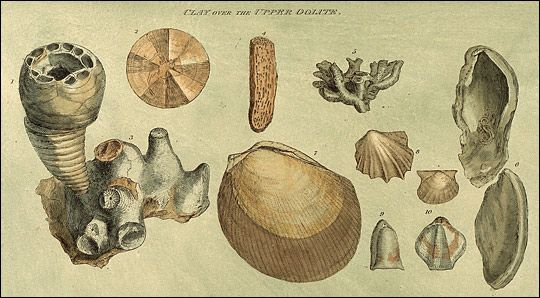Interesting Scientists - William Smith
The Geological Time Scale outlines the history of the Earth.
William Smith was one of the first to explore geological time in an organised way.
He had always been interested in fossils, but in 1794 he was employed to survey the route of a new canal.
He saw that layers of rock lay at a slight angle on top of each other.
Each layer had its own set of fossils, distinct from the layers below and above - this is now called the Principle of Faunal Succession.
Here's how William Smith described his discovery:
". . . each stratum contained organized fossils peculiar to itself, and might, in cases otherwise doubtful, be recognised and discriminated from others like it, but in a different part of the series, by examination of them."
William Smith was one of the first to explore geological time in an organised way.
He had always been interested in fossils, but in 1794 he was employed to survey the route of a new canal.
He saw that layers of rock lay at a slight angle on top of each other.
This is an illustration Smith drew of fossils in a layer of clay he investigated near Bath.
Each layer had its own set of fossils, distinct from the layers below and above - this is now called the Principle of Faunal Succession.
Here's how William Smith described his discovery:
". . . each stratum contained organized fossils peculiar to itself, and might, in cases otherwise doubtful, be recognised and discriminated from others like it, but in a different part of the series, by examination of them."
This discovery was a key piece of scientific evidence that led towards Darwin's concept of evolution.
Here is one diagram he drew of part of southern England. The clay layer is a thin blue line over the yellow band of oolite.

It runs from the West, near the River Severn at Tewkesbury, to near London in the East.
These rocks are mainly Jurassic and Cretaceous strata.
In 1815 William Smith published his first Geological Map of England and Wales.
This area covers a similar part of England as the cross-section above.

Here is one diagram he drew of part of southern England. The clay layer is a thin blue line over the yellow band of oolite.

It runs from the West, near the River Severn at Tewkesbury, to near London in the East.
These rocks are mainly Jurassic and Cretaceous strata.
In 1815 William Smith published his first Geological Map of England and Wales.
This area covers a similar part of England as the cross-section above.


